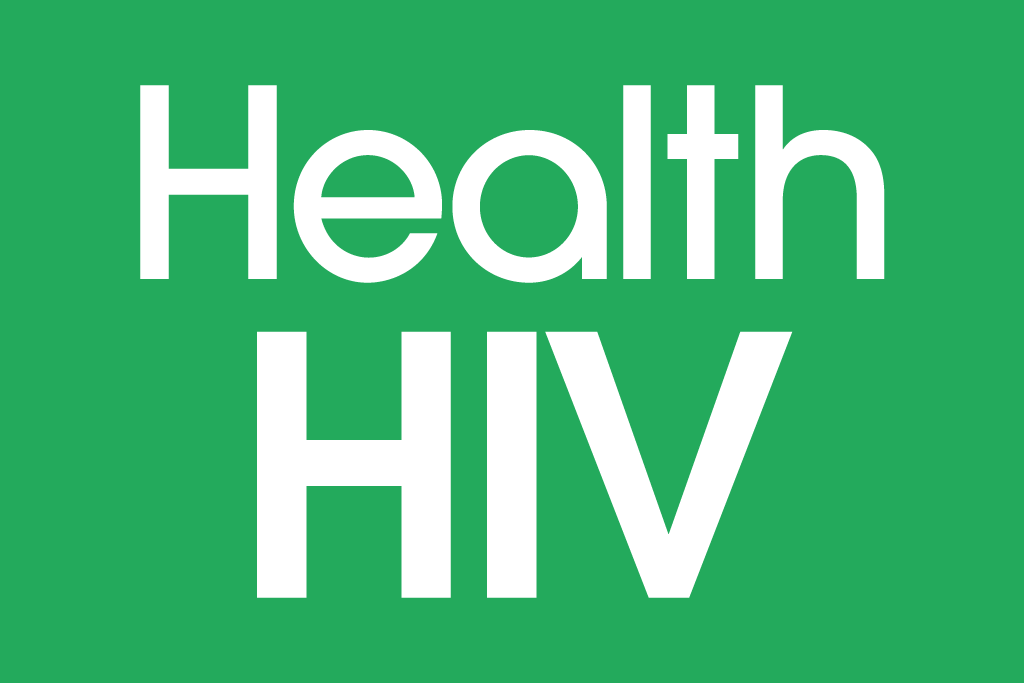Patients with HIV were able to maintain care and achieve viral suppression with differentiated service delivery models with comparable effectiveness to the standard of care.
Differentiated service delivery (DSD) models were able to provide comparable effectiveness in treating people with HIV as the standard of care (SoC) when it came to maintaining care and viral suppression, according to a review published in Reviews in Medical Virology.
There were 38.4 million people living with HIV around the world as of 2021, with 74.7% accessing antiretroviral therapy (ART). The sub-Saharan region is the most region most affected by HIV in the world. The World Health Organization has recommended the usage of DSD models for patients who are clinical stable, with adherence clubs (ACs) as a model that has been implemented in different countries throughout the sub-Saharan region. Implementing DSDs like ACs includes expanding access to ART, reduced late ART pick-up, sustained retention of HIV care, and available primary health facilities. This review aimed to “obtain a pooled effect of DSD intervention from randomized clinical trials with a special focus on ACs using studies conducted in the sub-Saharan Africa region.”
Articles from PubMed, Embase, Scopus, Web of Science, and Google Scholar were searched for this review from inception through May 4, 2023. Studies were evaluated for quality using the Cochrane risk-of-bias tool. Studies were included if they reported on people living with HIV, adherence clubs, decentralized medication delivery, differentiated service delivery, adherence to ART, viral suppression, and retention in care of HIV. Studies were excluded if they were not randomized clinical trials (RCTs).



